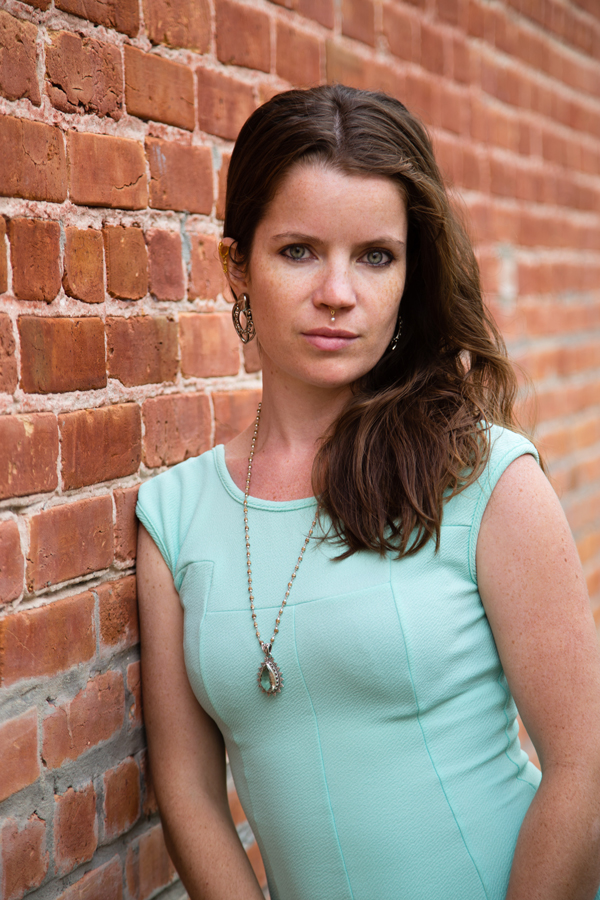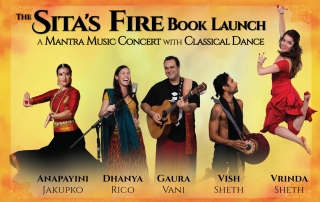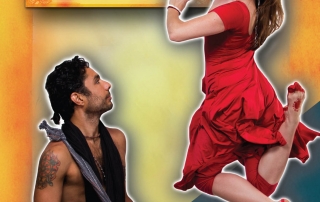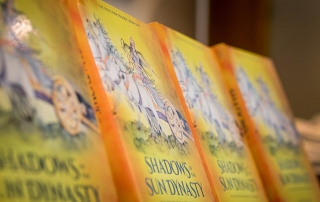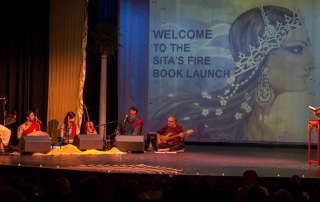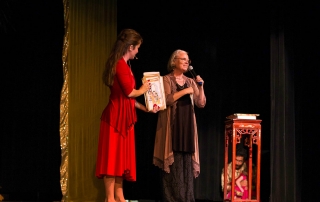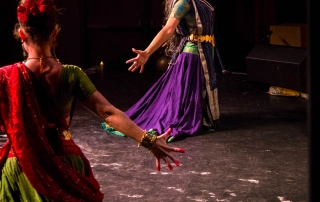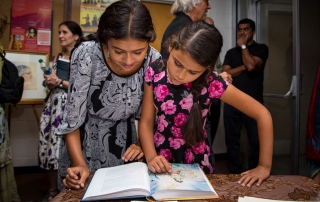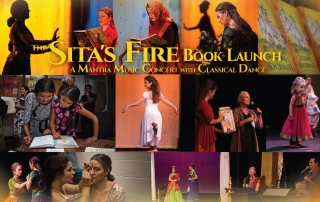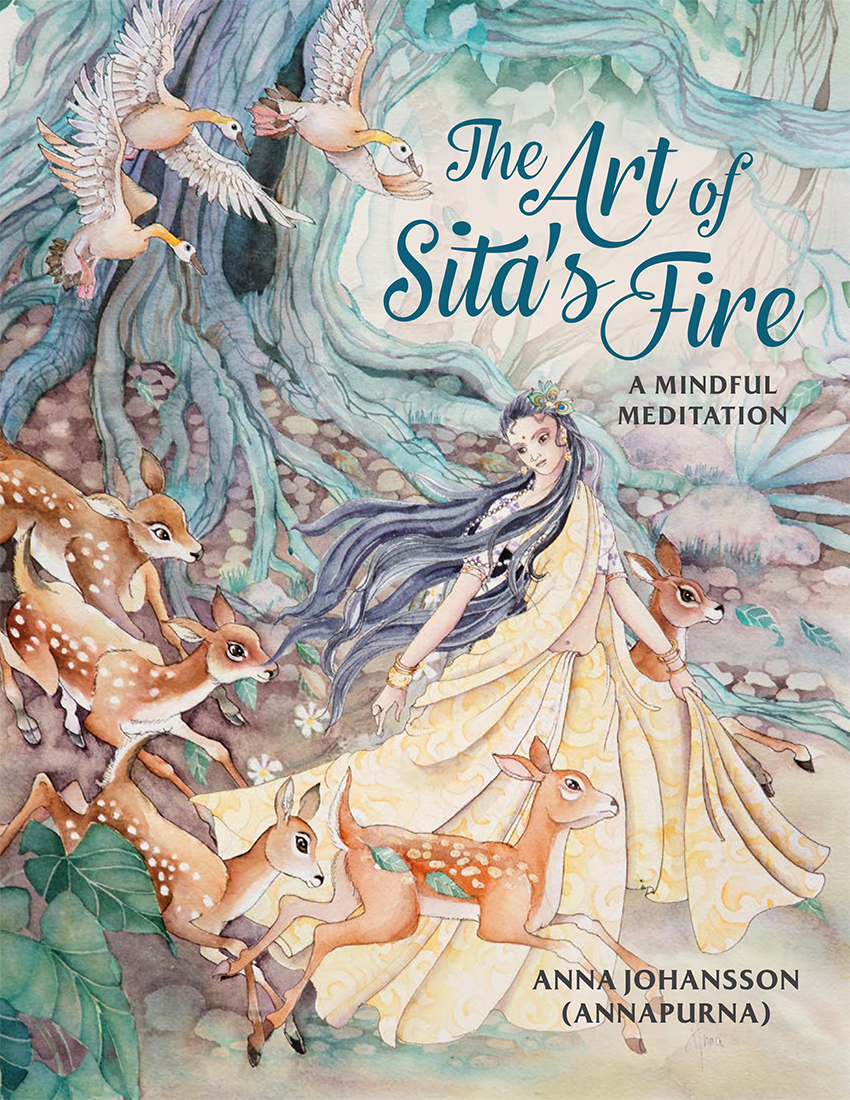I grew up with the Ramayana, though I was fonder of the Mahabharata, India’s other famed epic. Things you grow up with tend to leave deep impressions, both positive and negative. This is true for me of this ancient story. I was in my late teens when my mother and I began the work of retelling the Ramayana, and now, more than ten years later (Yes, publishing can take a lot of time!) my approach has evolved.
I discovered in my research that most people who know the Ramayana, including myself, possess an amalgamation of several different versions. I have come to understand that the Ramayana has a rich storytelling tradition; today there are over two-hundred versions, each variation tailored to its specific audience. All this was a total eye-opener for me (who was taught that there is only one authentic story!) and the beginning of forging a true relationship of my own with this ancient text.
Firstly, I became increasingly aware of my influences: where had I really learnt “my version”? To my surprise, one of my biggest influences was devotional Bollywood films of the Ramayana; certain scenes played out in my mind as I’d seen it in any of the numerous Ramayana films I watched growing up. The images of these films took precedence over my own imagination. When I, for example, thought of Rama and Sita, a clear image of both appeared in my mind, a still-picture taken directly from Sita’s Wedding / Seeta Kalyanam, a 1976 Telegu movie starring a young Jaya Prada as Sita and Ravi Kumar as Rama. I came to realize that my imagination had been short-circuited and replaced by these movies. I was keen on reclaiming my own ability to imagine and see for myself. And to do this, I decided to immerse myself fully in Valmiki’s Ramayana, considered by many scholars the ur-text, or the oldest existent version.
Secondly, I walked off an airplane and left my laptop behind, which contained the manuscript for Book 2 that I’d recently finished (Yes, mom, I should’ve backed up my files). I didn’t have another copy and was devastated. Why did this happen? God, why did you do this to me? I cried. I had lost months and months of work. But then I suddenly knew why.
If I wanted to get this right, the attitude I had harbored in my heart was not going to work. If I really wanted to create something that I could stand by, I had to change my attitude towards Rama, who is the hero of the tale. You see, I’d been secretly holding a grudge against him. In my early writing, I avoided writing about Rama directly; I found it much easier to empathize with other personalities. In fact, I was down-right suspicious towards him. My main issue centered on Rama’s treatment of his wife, the princess Sita, and I know I’m not alone in these thoughts. These toxic feelings colored my perception; I had already come to my conclusion. To me, he wasn’t a good, trustworthy person. This judgment had thrown a wrench in my ability to write anything inspiring or good about him.
Having lost my manuscript, I had the opportunity to approach Rama differently. And I did. Just the desire itself to understand Rama initiated a shift in my heart. I continue to think and pray hard about some of his actions that seem incongruent (and not only to a modern social norms) with the actions of a true hero. All of my questions have not been resolved, but I’m choosing to be in the mood of discovery rather than judgment. I’m open to answers and fresh perspectives.
Since this is a book based on an existing story, my methodology has been to expand upon instances mentioned in Valmiki’s text, often mere sentences. I have, however, taken many risks in this work, by embellishing and creating narratives and events that are not found in Valmiki’s work. I do maintain, however, that I’ve kept strictly within the realm of the plausible. Some may disagree, but this was my modus operandi. Take Manthara and Kaikeyi, for example, my villain and anti-hero from Book 1: what happened to these extraordinary women? Valmiki never says. They are not mentioned again. Like supporting actors in a theater, they play their small part and disappear. In such instances, I have taken the liberty to create endings and bring the arch of their storylines to completion. Every change has been made deliberately, with respect for the essence of each personality. If someone is interested in discerning what’s in Valmiki’s Ramayana, why not read his translation directly? Indeed, I highly recommend doing so; I came away from my immersion in Valmiki’s text with a new admiration for Rama.
Finally, an astounding shift happened when I completed writing the entire trilogy. Only then did I discover who the central character for me really is. Certain powers Sita displays in Sundara Kanda (book five of seven) made me drastically re-evaluate her character. In fact, I was staggered when I came face-to-face with my own unconscious assumption that this tale belonged to Rama, Lakshmana, Hanuman, or Dasharatha (or in other words, the males). Yet that is how it’s traditionally told, after all. Sita really does not get much stage time, what to speak of the other female characters. I was stunned by the fact that I’d just assumed that Rama was the hero of the story, when really Sita is too! The chapters from Sita’s point of view are evidence of this shift. They were my final additions to this book.
